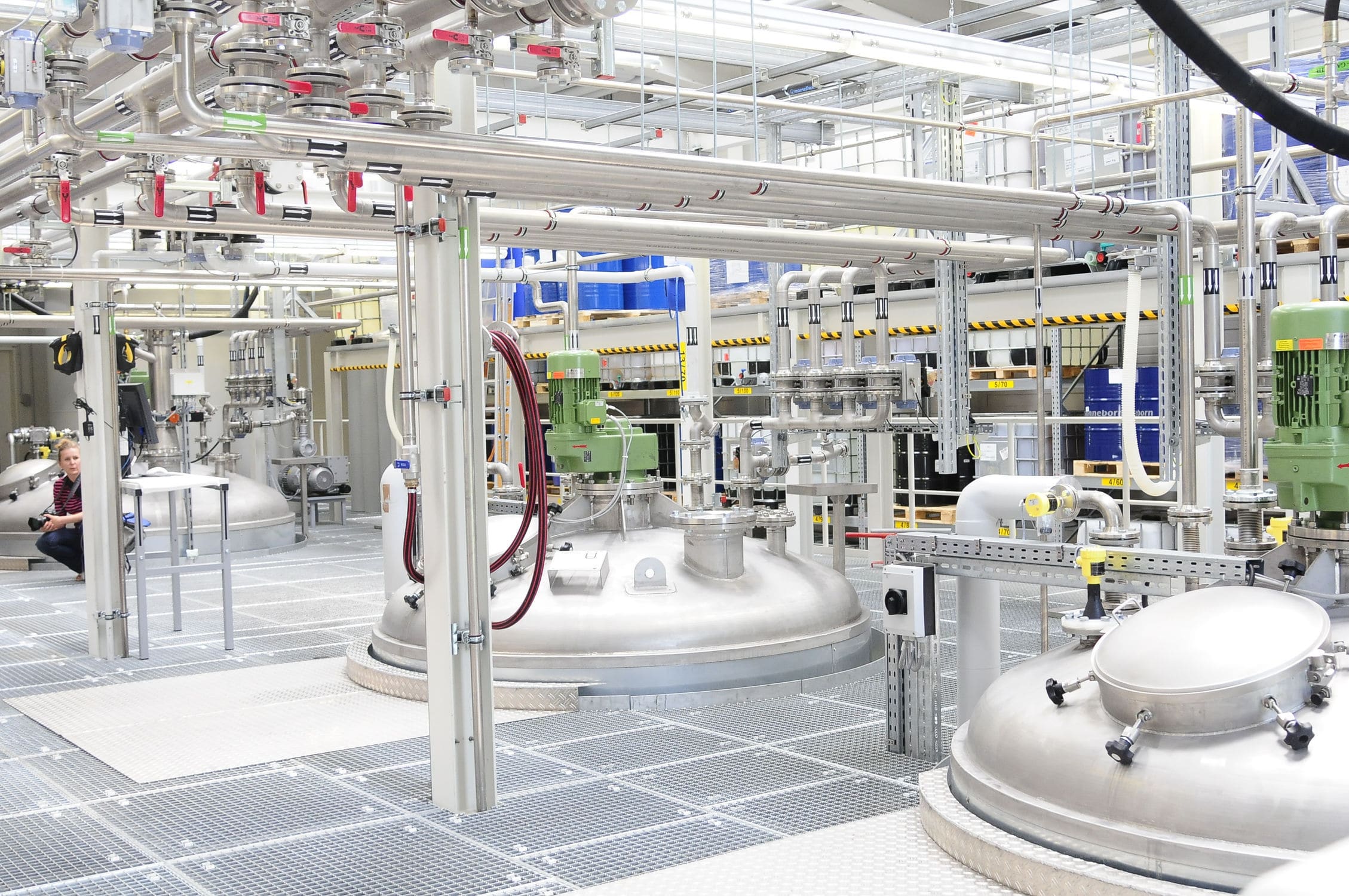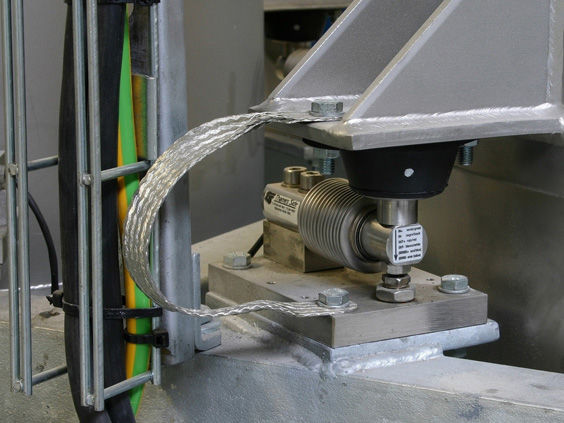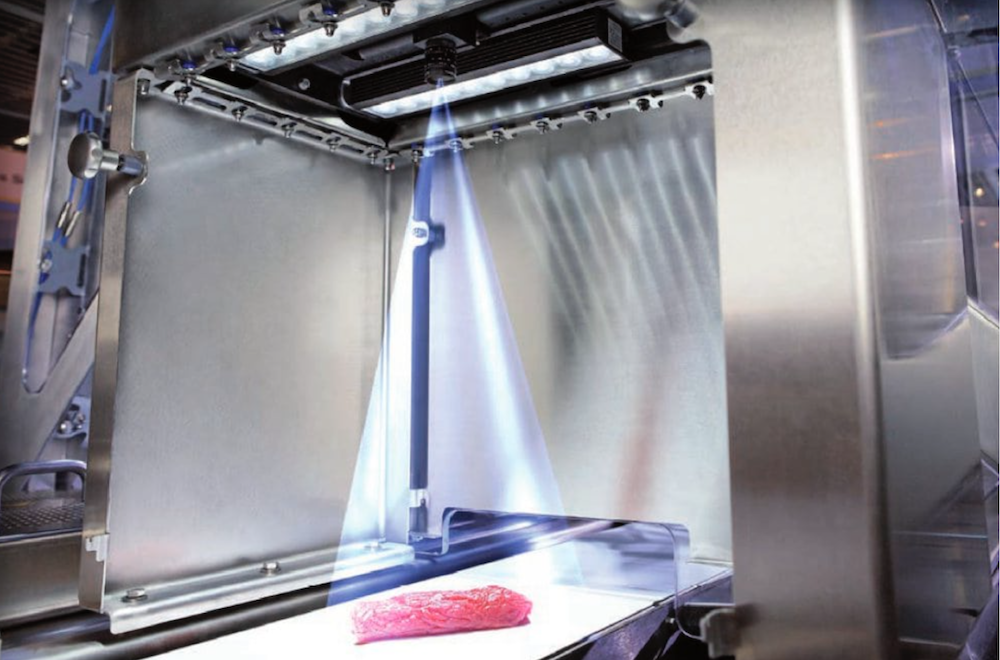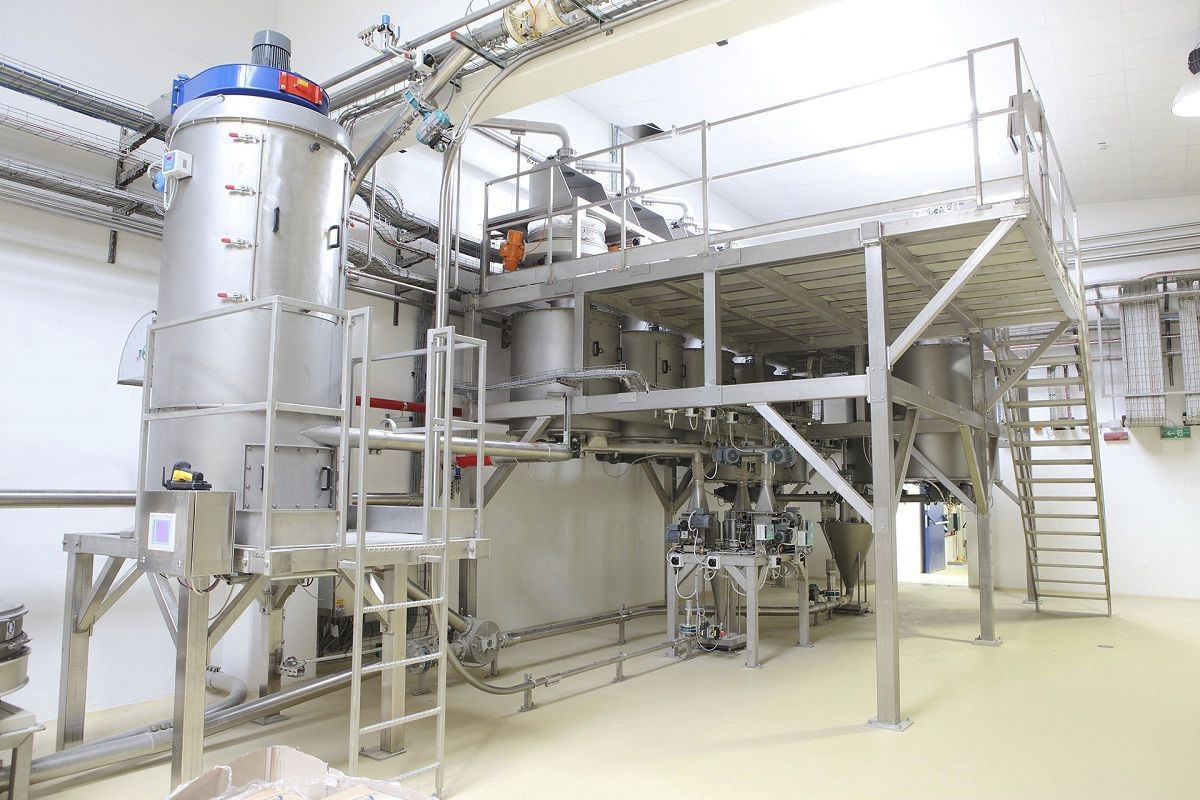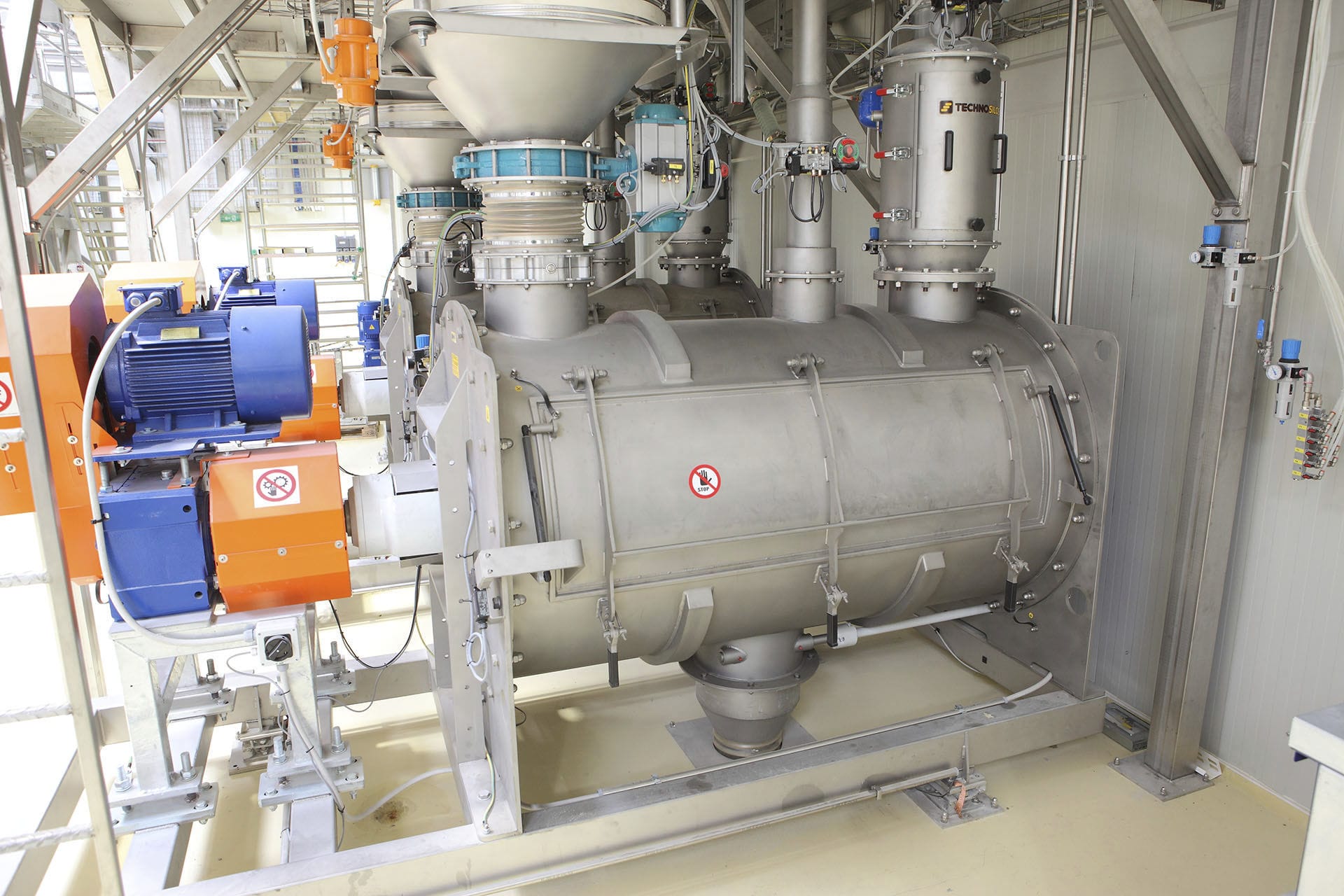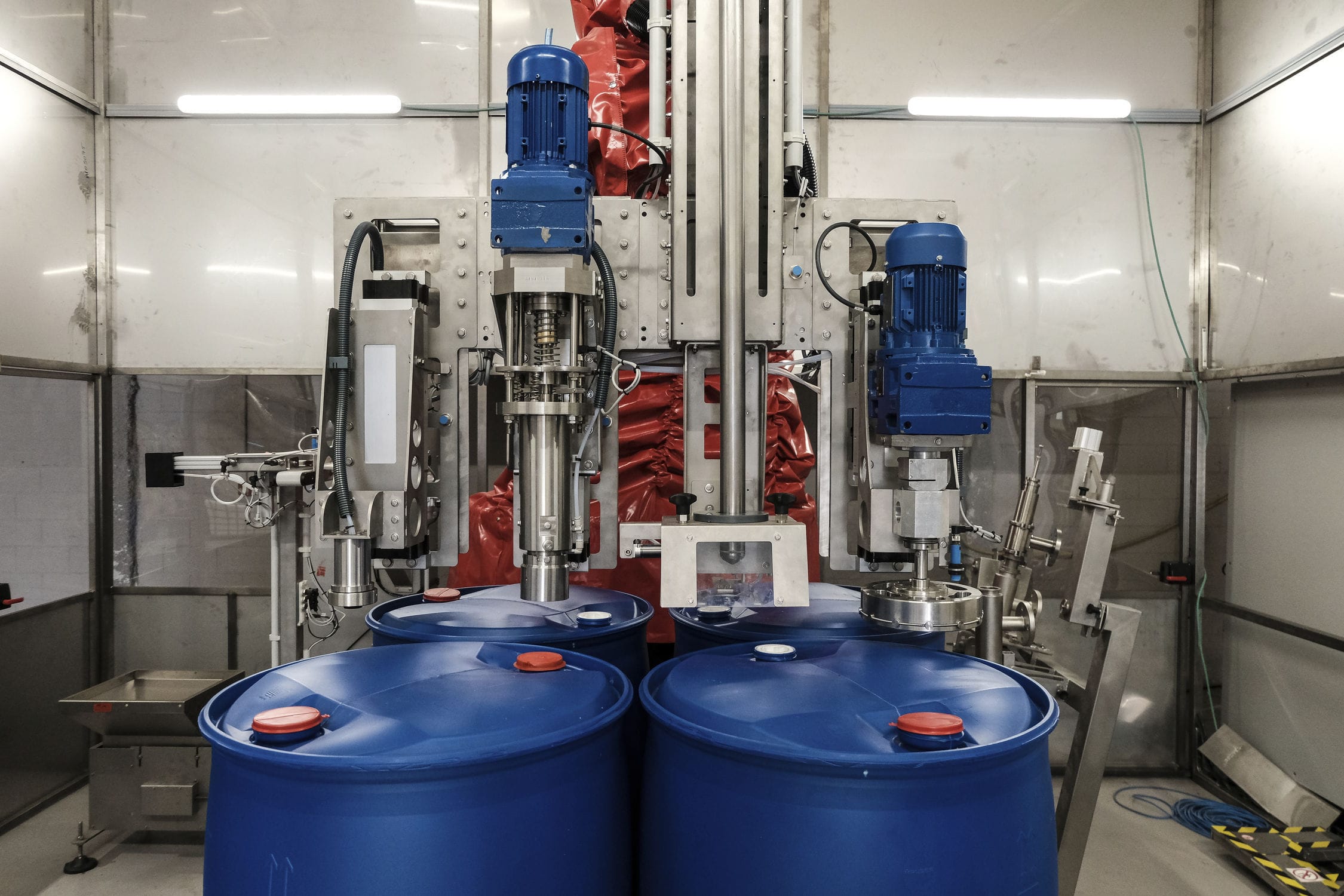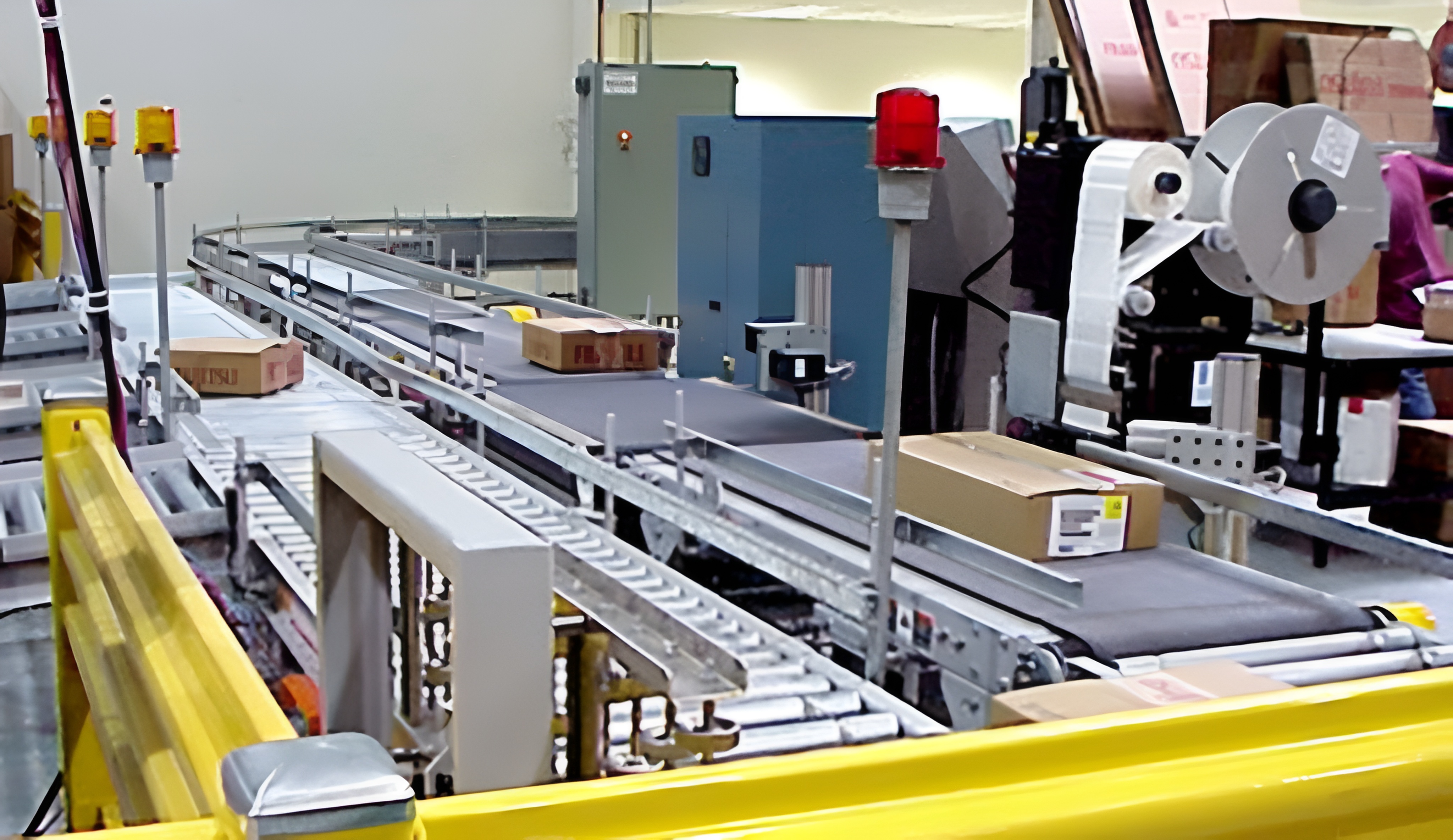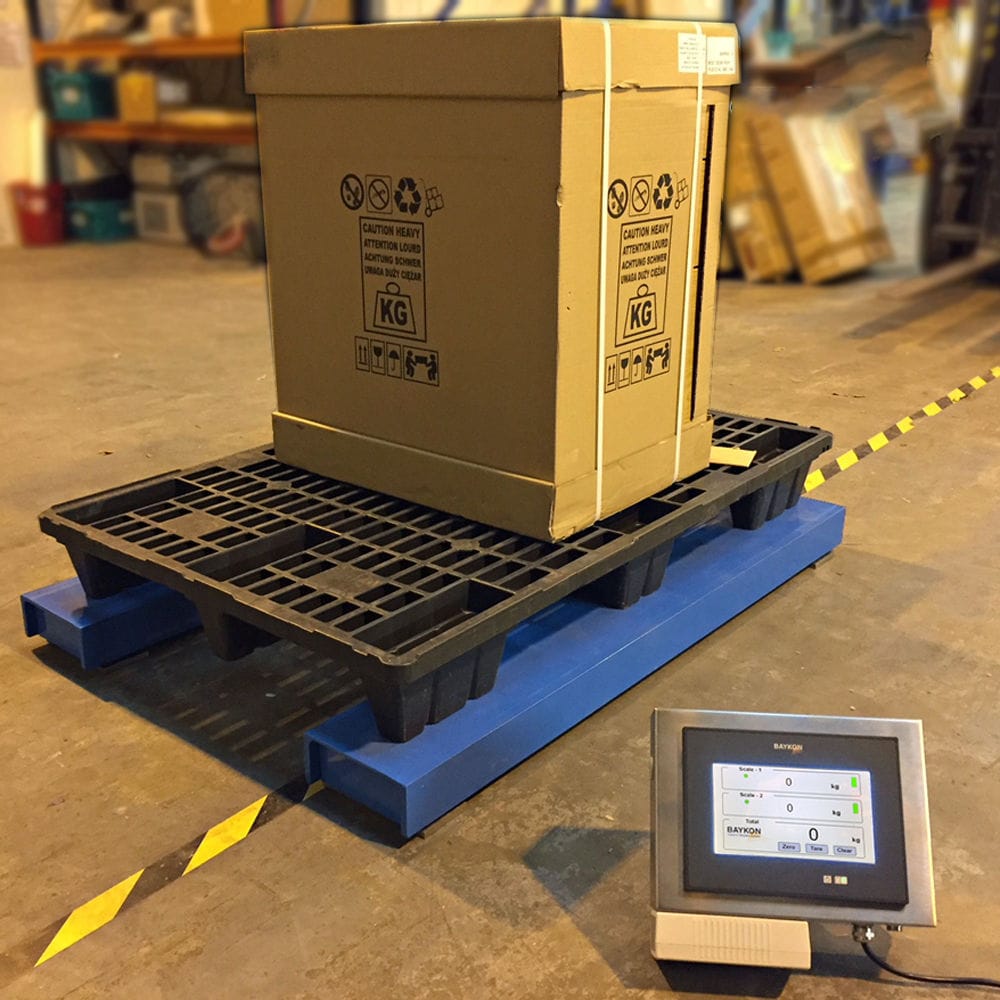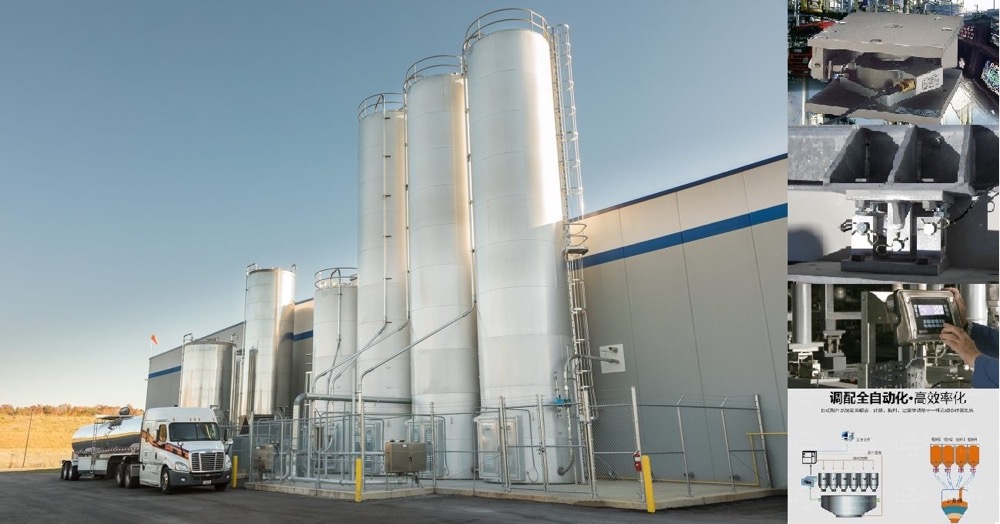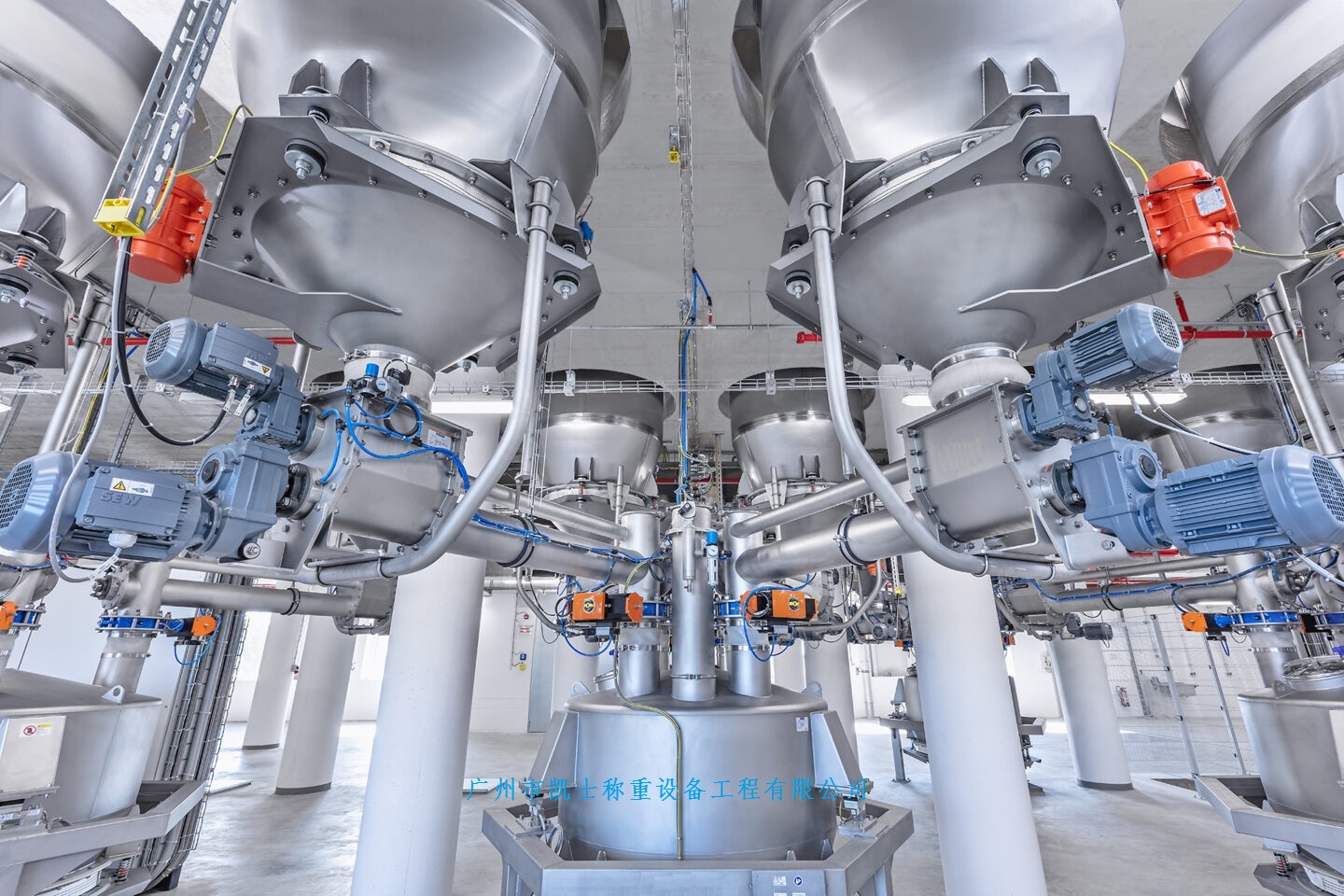

The weighing module adopts the branch A/D conversion technology, automatically identifying and eliminating the auxiliary measurement generated by faulty or abnormal weighing modules. It takes the auxiliary measurement of the non-faulty weighing module as the correct measurement value and automatically replaces the main measurement display with the correct measurement value of the auxiliary measurement. At this point, it ensures that even if any weighing module malfunctions or malfunctions, the weighing process can still proceed, guaranteeing the reliability and accuracy of the weighing.
 020-34563445
020-34563445The alloy steel weighing module adopts the splined A/D conversion technology and the mutual virtual stranded theory. The weighing instrument software automatically identifies and eliminates the auxiliary measurement generated by the faulty or abnormal weighing module, takes the auxiliary measurement of the non-faulty weighing module as the correct measurement value, and automatically replaces the main measurement display with the correct measurement value of the auxiliary measurement. At this point, it ensures that even if a certain weighing module of the Batching system malfunctions or malfunctions, the weighing work can still continue, guaranteeing the reliability and accuracy of the weighing.
For the Weighing modules affected by eccentric loads, eccentric load compensation technology was adopted. To reduce the impact of off-center load on measurement accuracy, the weighing instrument software is designed with a recorder. This recorder will record the off-center load ratio coefficient of the secondary auxiliary measurement within a certain period of time. When the force is uniform, the off-center load ratio coefficient of the secondary auxiliary measurement is 1:1. When the force is off-center, the off-center load ratio coefficient of the secondary auxiliary measurement may be 1.1:0.99 or others.
When a certain weighing module is damaged, the weighing instrument will compensate one of the auxiliary weights with the proportional coefficient recorded by the recorder, minimizing the impact of uneven loading on the measurement accuracy.
Technical indicators
Load rating: 5/10/20/30/40/50/60/75/100/150/200/250 Klb
Accuracy :C3
Certification :OIML R60 C3,OIML R60 C4
Maximum calibration division :max3000n
Minimum calibration division value E:max/5000 v min
Comprehensive error :≤±0.030(%FS)
Creep :≤±0.024(%FS/30min)
The influence of temperature on output sensitivity :≤±0.017 (%FS/10℃)
The influence of temperature on zero-point output :≤±0.023(%FS/10℃)
Output sensitivity :3.0±0.008(mv/v)
Input impedance :700±7(Ω)
Output impedance :703±4(Ω)
Insulation resistance :≥5000(50VDC)(MΩ)
Zero-point output :1.0(%FS)
Temperature compensation range :-10 to +40(℃)
Allowable operating temperature range :-35 to +65(℃)
Recommended excitation voltage :5 to 12(DC)(V)
Maximum excitation voltage :18(DC)(V)
Safe overload range :120(%FS)
Ultimate overload range :150(%FS)




